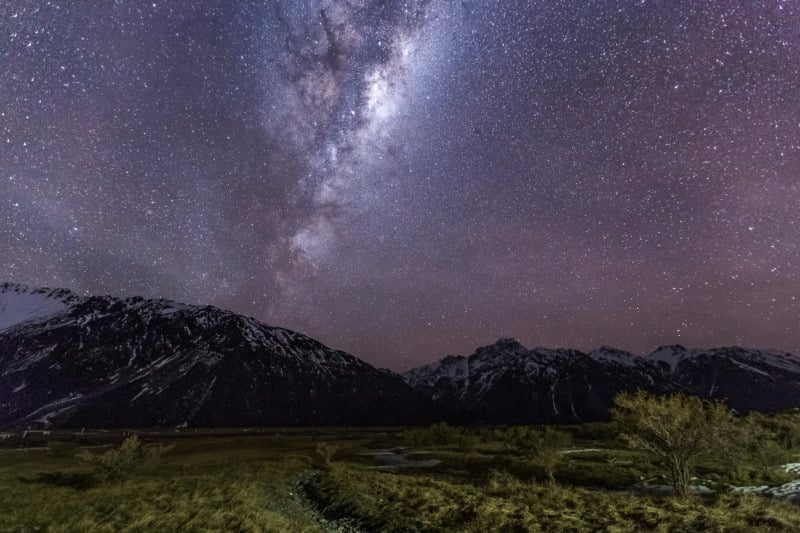For astrophotographers and stargazers, darkness is key. The International Dark-Sky Association (IDA) is a United States-based non-profit that was created in 1988 to preserve and protect our endless dark skies.
Major cities are the cause of the majority of light pollution, which drastically reduces our chances of seeing millions of stars in the night sky. Sadly, most Americans cannot see the Milky Way from their home, and that’s a direct reflection of artificial light sources dimming our skies. So where are the best stargazing places?
As of 2023, there are 201 certified Dark Sky Places in the world, and they’re divided up into five different categories: International Dark Sky Sanctuaries, International Dark Sky Parks, International Dark Sky Reserves, Urban Night Sky Plans, and International Dark Sky Communities. Each category has its own list of criteria to be considered for dark sky status, as well as a pretty strict set of guidelines to follow. It’s important that these Dark Sky Parks are accessible, so even though some of the most remote areas on earth, like the poles or Arctic circle region, may have some incredible dark skies, they may not be on the official list due to how remote and difficult it is to physically get there.
How To See The Milky Way Galaxy Core
It’s important to learn some basics so you know how to see the Milky Way and most importantly when to see it. Of course, you’ll want to find a dark site far from artificial light, that’s step one, but there are a few other factors to consider, including the time of year and the moon phase. The core of the Milky Way is only visible for about half of the year (regardless of what hemisphere you’re in).
In general, Milky Way season runs from…
Click Here to Read the Full Original Article at ViaTravelers…
